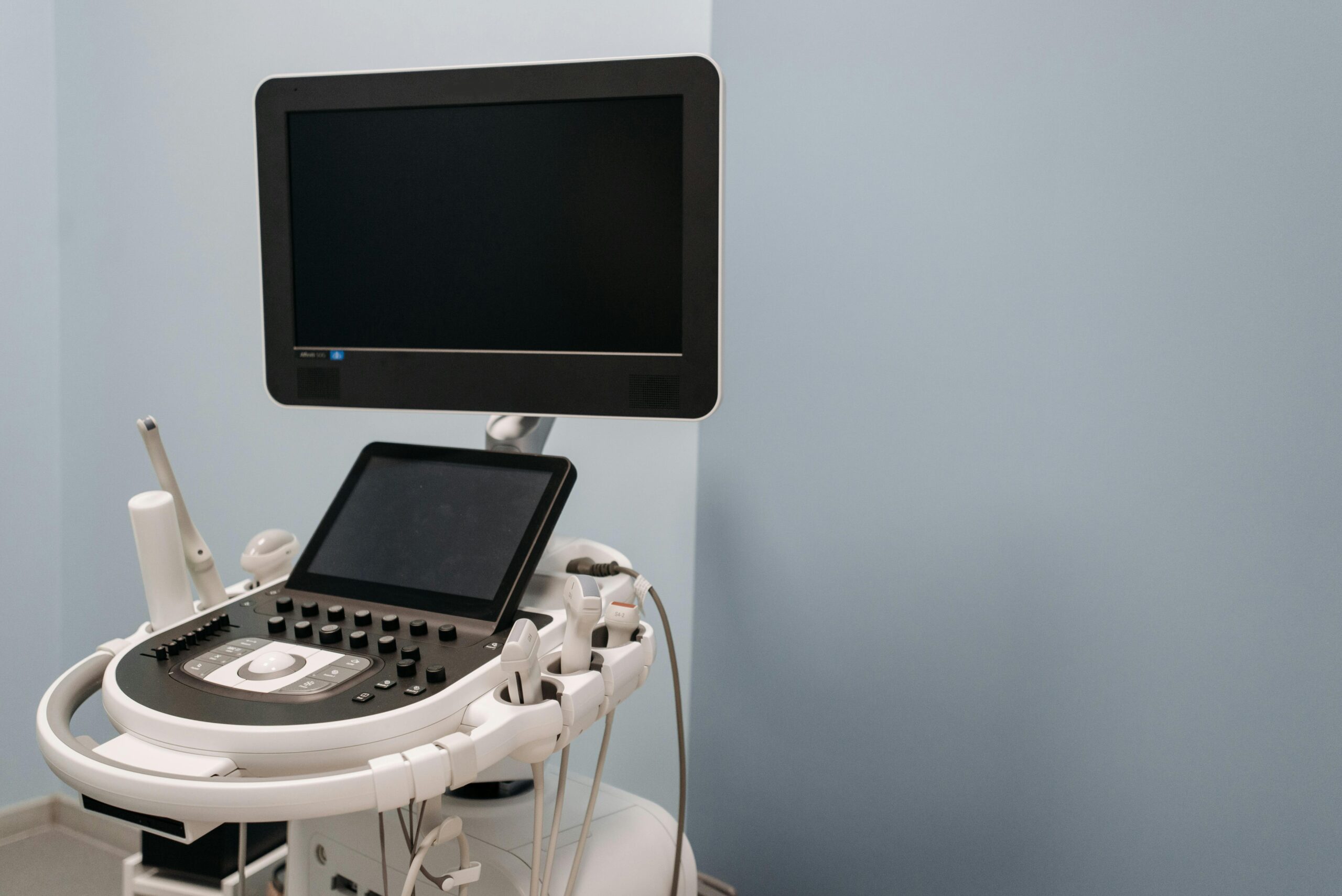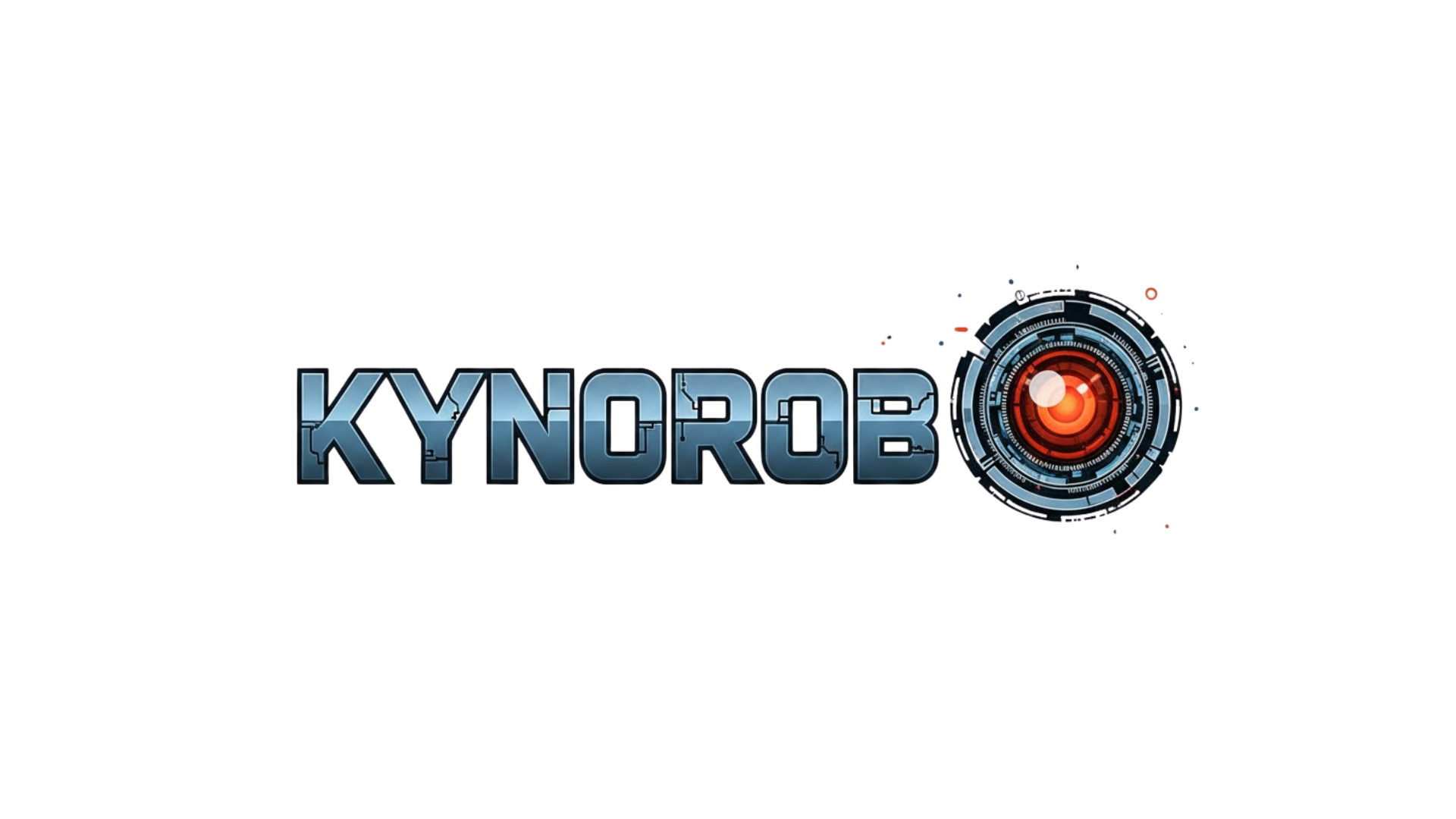Ultrasound technology is rapidly transforming modern medicine, moving far beyond traditional diagnostic imaging into groundbreaking therapeutic applications that promise to revolutionize patient care and treatment outcomes.
🔬 The Evolution of Ultrasound in Modern Medicine
For decades, ultrasound has been synonymous with prenatal imaging—the grainy black-and-white images that reveal a developing baby to expectant parents. However, this perception barely scratches the surface of what ultrasound technology can accomplish in contemporary healthcare. The medical community is witnessing an unprecedented expansion of ultrasound applications, from precise surgical guidance to targeted drug delivery and even tissue regeneration.
The fundamental principle behind ultrasound remains elegantly simple: high-frequency sound waves that penetrate tissue, creating echoes that computers transform into detailed images or therapeutic effects. What has changed dramatically is our understanding of how to harness these waves for healing purposes beyond visualization. Recent technological advances have unlocked ultrasound’s potential to stimulate cellular repair, destroy tumors, and deliver medications with pinpoint accuracy.
Breaking New Ground: Therapeutic Ultrasound Applications
The transition from diagnostic to therapeutic ultrasound represents one of the most exciting frontiers in medical technology. High-intensity focused ultrasound (HIFU) exemplifies this paradigm shift, offering non-invasive treatment options for conditions that previously required invasive surgery. This technology concentrates ultrasound beams at specific tissue depths, generating enough heat to ablate diseased tissue without damaging surrounding healthy structures.
Targeted Tumor Destruction Without Incisions
Oncology has embraced therapeutic ultrasound with remarkable enthusiasm. HIFU treatments now offer viable alternatives for patients with prostate cancer, uterine fibroids, and certain brain tumors. The procedure requires no incisions, dramatically reducing infection risks, recovery times, and hospital stays. Patients often return home the same day, experiencing minimal discomfort compared to traditional surgical interventions.
The precision of focused ultrasound allows oncologists to target tumors buried deep within organs while preserving critical surrounding structures like nerves and blood vessels. This selectivity proves especially valuable in treating cancers near vital anatomical features where surgical margins are challenging to achieve safely.
Neuromodulation and Brain Disorder Treatment 🧠
Perhaps the most revolutionary application involves using focused ultrasound to temporarily open the blood-brain barrier, that protective shield that normally prevents most drugs from reaching brain tissue. This breakthrough enables targeted delivery of chemotherapy agents, antibodies, and other therapeutic compounds directly to brain tumors or diseased areas.
Researchers are also exploring ultrasound neuromodulation for treating essential tremor, Parkinson’s disease, and even psychiatric conditions like depression and obsessive-compulsive disorder. By precisely targeting specific brain regions, ultrasound can modulate neural activity without permanent tissue destruction, offering reversible treatments that can be adjusted based on patient response.
Point-of-Care Ultrasound: Democratizing Diagnostic Power
The miniaturization of ultrasound technology has spawned a healthcare revolution that extends far beyond hospital radiology departments. Portable ultrasound devices, some no larger than smartphones, now empower emergency responders, rural healthcare providers, and military medics with diagnostic capabilities previously confined to sophisticated medical centers.
This democratization of imaging technology accelerates diagnosis in critical situations where every second counts. Emergency physicians can rapidly identify internal bleeding, cardiac problems, or pneumothorax at the bedside without waiting for radiology department availability. In developing regions with limited healthcare infrastructure, portable ultrasound bridges diagnostic gaps that conventional equipment cannot reach.
Artificial Intelligence Integration 🤖
The marriage of ultrasound technology with artificial intelligence algorithms represents another quantum leap forward. Machine learning systems trained on millions of ultrasound images can now assist clinicians in identifying abnormalities, measuring anatomical structures, and even suggesting diagnoses with impressive accuracy.
AI-enhanced ultrasound reduces operator dependency, one of the technology’s historical limitations. While skilled sonographers remain essential, intelligent systems provide real-time guidance on probe positioning, image optimization, and interpretation support. This assistance proves invaluable for less experienced operators and in situations where specialist consultation isn’t immediately available.
Ultrasound-Guided Drug Delivery Systems
Traditional drug administration faces a fundamental challenge: medications distributed throughout the body affect healthy tissues alongside diseased ones, causing unwanted side effects. Ultrasound-mediated drug delivery offers an elegant solution by concentrating therapeutic agents precisely where needed while minimizing systemic exposure.
Researchers have developed microbubble carriers that encapsulate medications and travel harmlessly through the bloodstream until activated by focused ultrasound at the target site. The ultrasound pulses rupture these microbubbles, releasing their therapeutic payload with spatial and temporal precision impossible through conventional administration routes.
Gene Therapy and Vaccine Delivery
The potential extends beyond traditional pharmaceuticals into cutting-edge genetic therapies. Ultrasound can facilitate cellular uptake of genetic material, enhancing the efficiency of gene therapy protocols. Some researchers are investigating ultrasound-enhanced vaccine delivery, which could improve immune responses while reducing required doses.
This technology may prove particularly valuable for treating genetic disorders, certain cancers, and conditions requiring localized genetic modification without affecting the entire organism.
Accelerating Healing: Regenerative Applications
Low-intensity ultrasound has demonstrated remarkable capacity to stimulate tissue repair and regeneration. Orthopedic surgeons have employed this approach for years to accelerate bone fracture healing, particularly in cases where natural healing progresses slowly or stalls completely.
The mechanisms underlying ultrasound’s regenerative effects involve multiple biological pathways. Mechanical stimulation from ultrasound waves triggers cellular responses that promote blood vessel formation, increase growth factor production, and enhance stem cell activity. These combined effects create an optimal environment for tissue repair and regeneration.
Wound Healing and Tissue Repair 🩹
Chronic wounds, including diabetic ulcers and pressure sores, represent significant healthcare challenges with substantial morbidity and economic burden. Low-intensity ultrasound therapy has shown promising results in accelerating healing of these stubborn wounds by improving local blood flow, reducing bacterial load, and stimulating cellular regeneration.
Soft tissue injuries, tendinopathies, and muscle strains also respond favorably to therapeutic ultrasound. Athletes and physical therapy patients benefit from reduced recovery times and improved functional outcomes when ultrasound supplements conventional rehabilitation protocols.
Cardiovascular Applications Beyond Imaging
Cardiology has embraced ultrasound technology not merely for diagnosis but increasingly for interventional procedures. Intravascular ultrasound provides real-time visualization during coronary interventions, allowing cardiologists to precisely position stents and assess vessel wall characteristics that external imaging cannot reveal.
Therapeutic applications include ultrasound-enhanced thrombolysis for stroke and pulmonary embolism treatment. Ultrasound waves can accelerate clot dissolution when combined with thrombolytic medications, potentially improving outcomes in time-sensitive cardiovascular emergencies.
Cardiac Ablation Procedures
HIFU technology offers promising alternatives for treating cardiac arrhythmias, particularly atrial fibrillation. Instead of threading catheters through blood vessels for traditional ablation, focused ultrasound can target problematic cardiac tissue externally, reducing procedural risks and complications associated with invasive approaches.
Challenges and Limitations to Consider
Despite remarkable advances, ultrasound technology faces inherent limitations that constrain certain applications. Bone and air-filled structures scatter or block ultrasound waves, limiting visualization of tissues beyond these barriers. Lung imaging, for example, remains challenging due to air content, though specialized techniques continue evolving.
Operator skill significantly influences diagnostic ultrasound quality. Unlike CT or MRI, where image acquisition follows standardized protocols, ultrasound requires real-time decision-making about probe positioning and parameter adjustment. This operator dependency demands comprehensive training programs and ongoing quality assurance.
Regulatory and Safety Considerations ⚠️
As therapeutic ultrasound applications expand, regulatory frameworks must evolve to ensure patient safety without stifling innovation. Determining appropriate energy levels, treatment durations, and patient selection criteria requires extensive research and clinical validation.
Long-term effects of repeated therapeutic ultrasound exposure remain under investigation for many applications. While generally considered safe when properly applied, the cumulative biological effects of frequent treatments warrant continued surveillance and study.
Cost-Effectiveness and Healthcare Economics
Ultrasound technology offers compelling economic advantages over alternative imaging modalities. Equipment costs, maintenance requirements, and operational expenses typically fall well below those of CT or MRI systems. The absence of ionizing radiation eliminates protective infrastructure needs and reduces long-term health risks.
Therapeutic ultrasound procedures often cost substantially less than surgical alternatives while delivering comparable outcomes. Reduced hospitalization, fewer complications, and faster recovery times generate savings throughout the healthcare continuum. These economic benefits prove particularly valuable in resource-limited settings and for healthcare systems managing escalating costs.
Training the Next Generation of Healthcare Providers
As ultrasound applications proliferate across medical specialties, training requirements expand correspondingly. Medical schools increasingly integrate point-of-care ultrasound into curricula, recognizing that tomorrow’s physicians will rely on this technology as heavily as today’s doctors depend on stethoscopes.
Simulation-based training platforms allow learners to develop scanning skills without patient exposure, accelerating competency development. Virtual reality systems and haptic feedback devices create realistic training environments that bridge the gap between classroom instruction and clinical application.
Continuing Education and Certification
Professional organizations have developed certification programs ensuring practitioners maintain competency in specific ultrasound applications. These credentials provide quality assurance for patients and institutions while establishing standards that promote safe, effective technology utilization across diverse healthcare settings.
The Connected Future: Telemedicine and Remote Ultrasound
Telecommunication advances enable remote ultrasound guidance and interpretation, extending specialist expertise to underserved populations. A primary care physician in a rural clinic can perform an ultrasound examination while a radiologist hundreds of miles away provides real-time guidance and interpretation through video conferencing systems.
Autonomous ultrasound systems currently under development may eventually perform standardized examinations with minimal human intervention, though expert oversight will remain essential for complex cases and therapeutic applications. These technologies promise to further democratize access to high-quality diagnostic imaging regardless of geographic location.
Environmental Sustainability Advantages 🌱
Healthcare’s environmental footprint has garnered increasing attention as society confronts climate change. Ultrasound technology offers sustainability advantages over alternative imaging modalities. The absence of radiation eliminates radioactive waste concerns associated with nuclear medicine. Energy consumption remains relatively low compared to CT or MRI systems.
Portable devices operate on battery power, enabling healthcare delivery in locations without reliable electricity infrastructure. This capability proves invaluable for disaster response, humanitarian missions, and sustainable healthcare initiatives in developing regions.
Research Horizons: What Comes Next
Current research explores increasingly sophisticated ultrasound applications that may seem like science fiction today but could become routine clinical practice tomorrow. Molecular ultrasound imaging uses targeted contrast agents that bind to specific cellular markers, enabling visualization of biological processes at molecular levels.
Ultrasound-mediated immunotherapy enhancement represents another exciting frontier. Researchers are investigating whether ultrasound can boost immune system responses against cancer by releasing tumor antigens and creating inflammatory environments that attract immune cells to treatment sites.
Multimodal Integration
Combining ultrasound with other imaging modalities promises synergistic advantages. Photoacoustic imaging merges optical and ultrasound technologies, visualizing both anatomical structures and functional information like tissue oxygenation. Such hybrid approaches may overcome individual limitations while preserving respective advantages.
Patient Experience and Acceptance
From a patient perspective, ultrasound examinations generally prove more comfortable than alternative imaging procedures. The absence of ionizing radiation eliminates exposure concerns, particularly important for pregnant women, children, and patients requiring frequent monitoring. Real-time imaging allows patients to view and understand their anatomy during examinations, enhancing engagement and comprehension.
Therapeutic ultrasound procedures typically involve minimal discomfort compared to surgical alternatives. Patients appreciate avoiding incisions, general anesthesia risks, and extended recovery periods that disrupt their lives and livelihoods.

Shaping Healthcare’s Tomorrow
Ultrasound technology stands at an inflection point, transitioning from a valuable diagnostic tool into a comprehensive therapeutic platform. The convergence of miniaturization, artificial intelligence, advanced materials science, and deeper biological understanding creates unprecedented opportunities for innovation.
Healthcare providers, researchers, and technology developers must collaborate to realize this potential while maintaining rigorous safety standards and ensuring equitable access. The next decade will likely witness ultrasound applications that fundamentally reshape treatment paradigms across medical specialties.
As we stand on this technological frontier, one truth becomes increasingly clear: the sound waves we cannot hear may hold the key to healing challenges that have long eluded medical science. The revolution in ultrasound technology isn’t coming—it’s already here, transforming lives and redefining what’s possible in modern healthcare.
Toni Santos is an energy-medicine researcher and subtle-science writer exploring how bio-fields, chakra systems, and frequency therapies shape healing and evolution. Through his investigations into sound medicine, field coherence and energetic design, Toni examines how the invisible dimensions of being become the foundation for presence, transformation and wholeness. Passionate about subtle anatomy, resonance and therapeutic frequency, Toni focuses on how vibration, field awareness and holistic design influence the human system. His work highlights the intersection of science, consciousness, and healing — guiding readers toward living in alignment, resonance and depth. Blending energy medicine, sound healing and field psychophysiology, Toni writes about the landscape of subtle reality — helping readers understand how they inhabit, interact with and expand their energetic fields. His work is a tribute to: The architecture of bio-fields and their role in human vitality The interplay of chakra science, frequency healing and conscious embodiment The vision of subtle medicine as coherent, embodied and whole Whether you are a practitioner, researcher or intuitive explorer, Toni Santos invites you to move into the field of possibility — one vibration, one center, one healing at a time.




